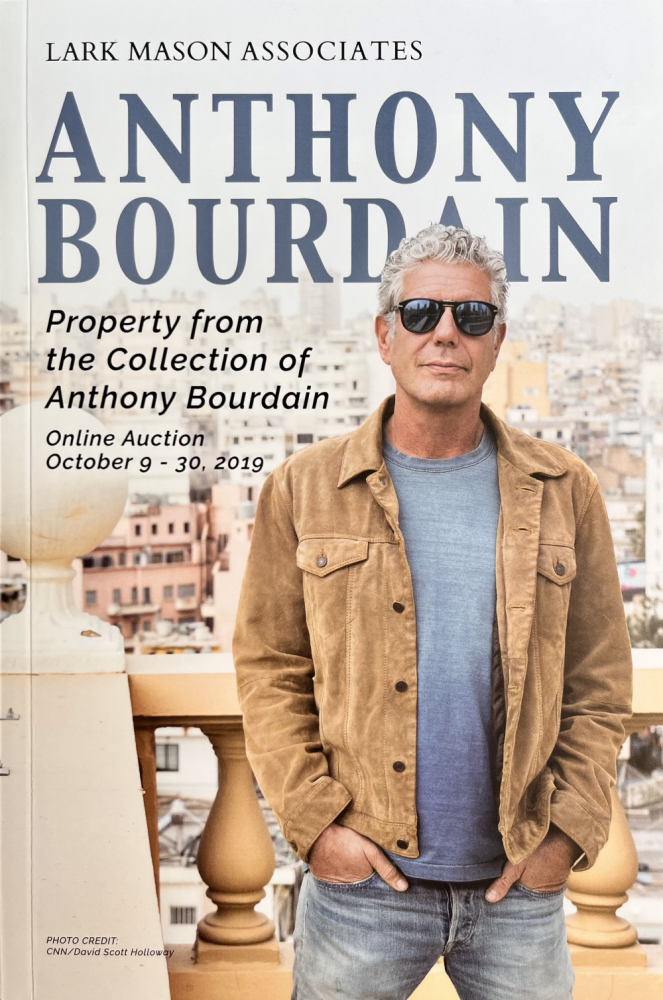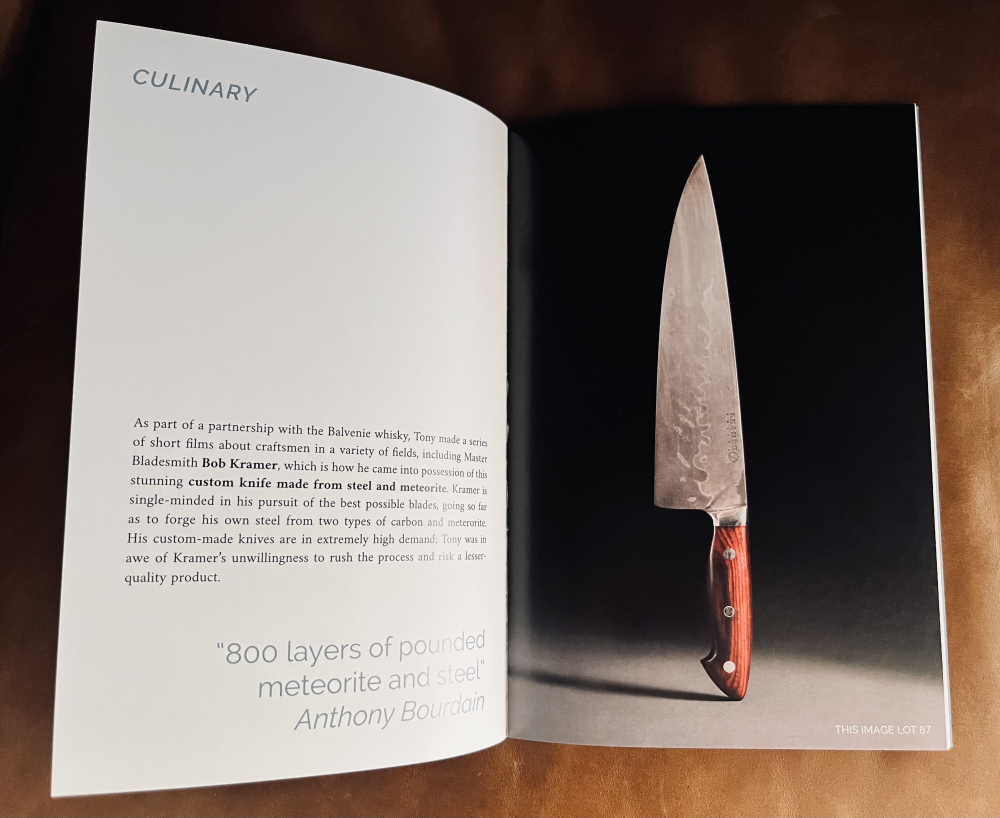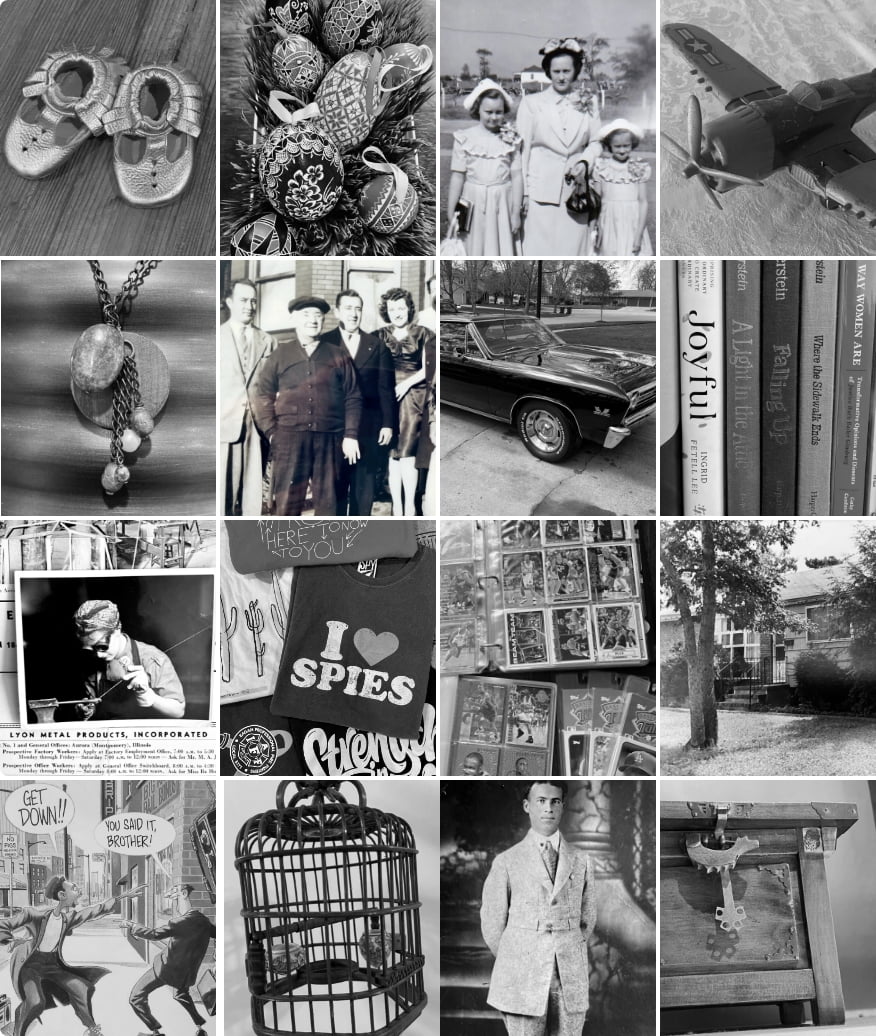He's authored 1000s of articles, several books, and what's maybe the first known travel blog. And during the Fall 2022 series of Evenings with Artifcts Jeff Greenwald shared with us simple but powerful tips, and a healthy dose of perspective, to help us craft our own stories behind the objects of our lives.
Watch the full Evenings with Artifcts event here.
-
It is hard to write about an object with no personal meaning but even harder when it has tremendous personal meaning. Bear that in mind and go easy on yourself.
-
Start with something true. This is the trick to writing anything nonfiction. For example, start with a little line about where you got the object: “I bought this in a street market in Istanbul.” And from there go on to describe the scene a little bit and what happened there that connects you with the object.
Start with something true.
-
Other starters for your Artifcts:
-
-
- Where were you when you acquired the object?
- Was it a gift? Who gave it to you? Tell a bit about them. What was your relationship with them that they felt they should give you a gift like that? “The moon Rocket was a gift for my friend Dave Mccutcheon, and he and I have been friends for many years and share a love of robots and spaceships and dinosaurs... all those things we loved when we were kids.”
- Why is it important to you?
- What feelings does it evoke in you?
-
-
-
If a story comes to mind, you can just start jotting it down anywhere. Let your thoughts go where they will. It can be a collection of random thoughts that you can look at later and put together into some sort of a story structure.
- We all have stories. Writers block comes from our internal critic. It challenges you with, “Why would anybody want to read it? What could you have to say? What makes you think you're so great that anyone should listen to anything you're telling them?” You have to tell yourself, “I have a right to do this because I’m a human being with a story, and the story deserves to be told whether or not you, my internal critic, thinks that it does.” Push the internal critic aside.
-
If you value the stories and need motivation to begin capturing and preserving those stories with Artifcts, make a deal with yourself like Jeff did. Jeff made a pact to give away the objects once their stories were told. Maybe you’ll choose to Artifct twice per week. Or perhaps you’ll start with those items that are most meaningful to you.
-
A bit of advice Jeff shared from esteemed author Kurt Vonnegut: Write your stories as though you are writing them for one person, as if you are telling this person each of the stories. It gives all the stories a similar tone, a singular voice.
-
Always include when and where the object was acquired. These are important details.
-
Struggling with a title? Write out 10 of them. It will help you to start to shape your story, too.
Our stuff, the objects that we collect, that inspire us, they are really not what's important. We do not need to keep them. The only thing that is important are the stories, and the only way to keep the stories is to tell them.
###
© 2024 Artifcts, Inc. All Rights Reserved.


















